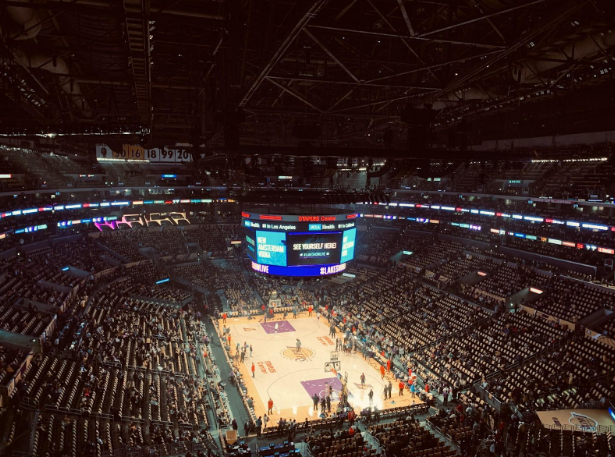The Evolution and Impact of NBA Dynasties on Fans and the League
In the NBA, dynasties are a testament to dominance, showcasing what it takes to consistently win. But are these powerhouses good for basketball fans and the league overall?

In the NBA, dynasties are a testament to dominance, showcasing what it takes to consistently win. But are these powerhouses good for basketball fans and the league overall?
Key Takeaways
- NBA dynasties feature talented players, smart management, and excellent coaching.
- They build loyal fan bases but face criticism for disrupting the competitive balance.
- The league's strategies aim to nurture parity while allowing room for new dynasties.
- Financial benefits and challenges come with maintaining a dynasty in today's NBA.
Understanding NBA Dynasties: Their Role and History
An NBA dynasty is a team that wins multiple championships over a short period. These teams have left a mark on basketball innovation and fan engagement. Who can forget the Boston Celtics' explosive success from 1957 to 1969, winning 11 championships in 13 years? Or the electrifying Chicago Bulls, leading 1990s basketball, dominated by Michael Jordan's unmatched skills? More recently, the Golden State Warriors redefined the game in the 2010s with their exceptional shooting and teamwork.
So, how do these dynasties form? They usually start with a core of incredible players. The Celtics had Bill Russell and Bob Cousy, the Bulls had Michael Jordan and Scottie Pippen, and the Warriors had Stephen Curry, Klay Thompson, and Draymond Green. Add a great coach like Phil Jackson or Steve Kerr, and mix in stable leadership from the team's front office and some smart drafting and trades—then you have a recipe for greatness.
Are NBA Dynasties Good for the League?
That's a lively debate. On one hand, dynasties attract fans and bring in massive revenue. Teams like the Warriors, Celtics, Lakers, and Spurs have developed strong, passionate fan bases, helping their teams become world-famous brands. Exciting rivalries and intense games increase viewership, boosting TV ratings and merchandise sales.
However, dynasties can disrupt the league's competitive balance. Critics say they make it harder for other teams to contend for championships. For every fan captivated by a reigning power, there's another who longs for more variety at the top. The NBA is aware of this and is taking steps to ensure more balance. The league's efforts highlight an era where one clear winner isn't a given at the start of the season.
Current NBA Landscape and Dynasties
In today’s NBA, parity is increasingly a goal, seeking to spread talent across more teams. With more franchises boasting strong rosters, each season sees many teams competing tightly for playoff berths. However, winning it all still often comes down to having that one superstar player who can take over games when it counts. While NBA odds may reflect the unpredictability of this more balanced approach, powerhouse teams with superstar talent still often sway the odds when it comes to playoff predictions.
The new collective bargaining agreement aims to curb super team formations. By placing stricter financial limits, it tries to create more opportunities for competitive balance. Still, this doesn’t close the door on new dynasties; rather, it makes smart roster management and drafting more critical.
Marketing and Financial Aspects of Dynasties
From a business perspective, dynasties are gold mines. They attract consistent attention, generate high merchandise sales, and lead to soaring TV ratings. Fans become loyal to winning teams, ensuring an engaged audience. For team owners, maintaining a dynasty keeps the momentum of success rolling and supports long-term profitability.
Notable Dynasties and Their Contributions
The San Antonio Spurs displayed incredible consistency, their smart planning and exceptional coaching made them a lasting power in the NBA. Meanwhile, the Miami Heat's "Big Three" era, featuring LeBron James, Dwyane Wade, and Chris Bosh, offered an awe-inspiring, albeit short-lived, showcase of talent.
Challenges to Building and Maintaining New Dynasties
So, what's tough about forming an NBA dynasty today? It starts with salary cap rules. These financial restrictions make it hard to keep a star-studded lineup for years. Injuries and player trades also add unpredictability to building a successful, long-term team. As new collective agreements shape the league, teams must think long-term but act swiftly to capitalize on winning windows.
Conclusion
In essence, NBA dynasties present an intriguing dance between dominance and balance. They inspire fans and teams while challenging the league to ensure fair competition. Despite efforts to equalize the playing field, the drive to form—and maintain—these legendary teams keeps the NBA dynamic and captivating.






